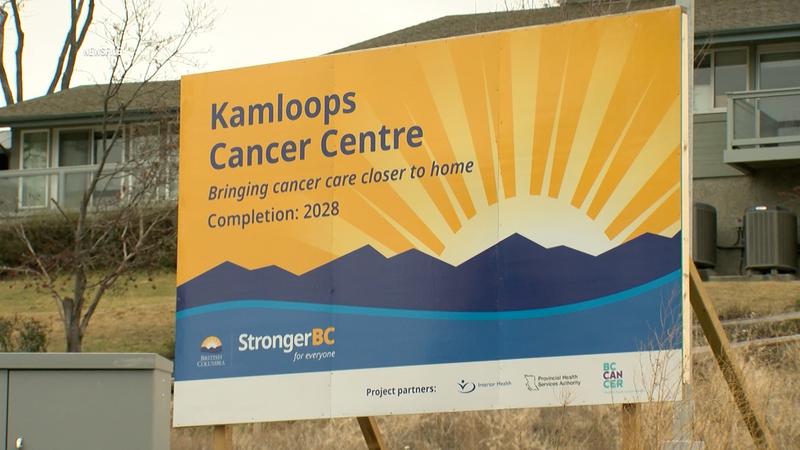In a definitive blow to regional healthcare advocates, British Columbia’s Health Minister has firmly shut down mounting calls to incorporate a PET-CT scanner in the final design of Kamloops’ long-awaited cancer treatment centre, declaring such late-stage modifications “simply not possible” at this point in the development process.
“The architectural plans have been finalized, construction timelines established, and budgets allocated,” Health Minister Adrian Dix stated during yesterday’s press conference in Victoria. “While I understand the community’s desire for expanded diagnostic capabilities, integrating a PET-CT scanner would require us to essentially restart the entire planning process, potentially delaying this critical facility by years.”
The $450 million Royal Inland Hospital cancer centre, slated to begin construction next spring, has been a priority project for the Interior Health region, where patients currently face grueling journeys to Vancouver or Kelowna for specialized cancer treatments. The facility will dramatically improve access to radiation therapy, chemotherapy, and supportive care services for thousands across the region.
However, the absence of PET-CT technology – considered the gold standard in cancer diagnosis and treatment planning – has sparked intense criticism from medical professionals and patient advocacy groups alike.
Dr. Jennifer Rodrigues, oncologist and spokesperson for the Kamloops Medical Association, expressed profound disappointment with the minister’s decision. “PET-CT scanners aren’t luxury items – they’re essential diagnostic tools that directly impact patient outcomes. Forcing interior residents to travel hundreds of kilometers for these scans creates unnecessary hardship during what is already an incredibly difficult time.”
The technology combines positron emission tomography (PET) with computed tomography (CT) to provide detailed images of both tissue function and structure, allowing for more precise cancer detection and treatment monitoring than conventional imaging methods.
Ministry officials defended the decision by pointing to the comprehensive planning process that began three years ago. “The scope and specifications for this facility were established following extensive consultations with clinical experts, regional health authorities, and community stakeholders,” said Deputy Health Minister Stephen Brown. “Adding such significant infrastructure would require substantial redesigns of mechanical systems, radiation shielding, and specialized housing – effectively restarting the entire approval process.”
Local advocates, including the Kamloops Cancer Patient Support Network, have vowed to continue pressing the issue, arguing that the additional $8-10 million required for PET-CT integration represents a small fraction of the overall project budget.
“This is about equitable access to healthcare services for interior residents,” said Susan Blackmore, whose organization has collected over 8,000 signatures supporting the scanner’s inclusion. “Why should someone in Kamloops, Merritt, or Williams Lake receive a different standard of care than someone in Vancouver?”
While the facility’s construction timeline remains unchanged, with doors expected to open by late 2027, the minister did leave one small opening for future expansion. “The design does include some flexibility for technological additions in future phases,” Dix noted. “While a PET-CT scanner isn’t feasible during initial construction, we haven’t ruled out the possibility of incorporating this technology in subsequent expansions.”
For the thousands of Interior cancer patients diagnosed annually, this decision means continued long-distance travel for vital diagnostic scans will remain a reality, even after the new centre opens its doors. As healthcare resources continue to be stretched across the province, one question persists: at what point does geographical convenience yield to the imperative of providing truly comprehensive cancer care regardless of where patients call home?
























